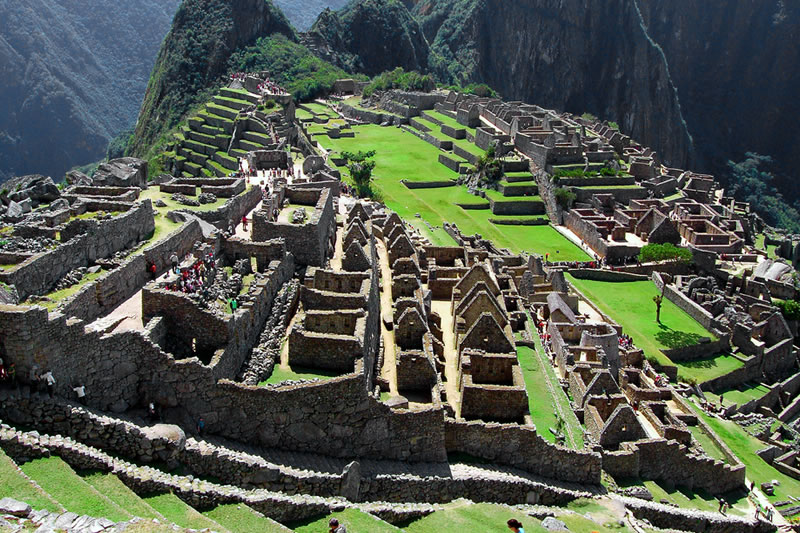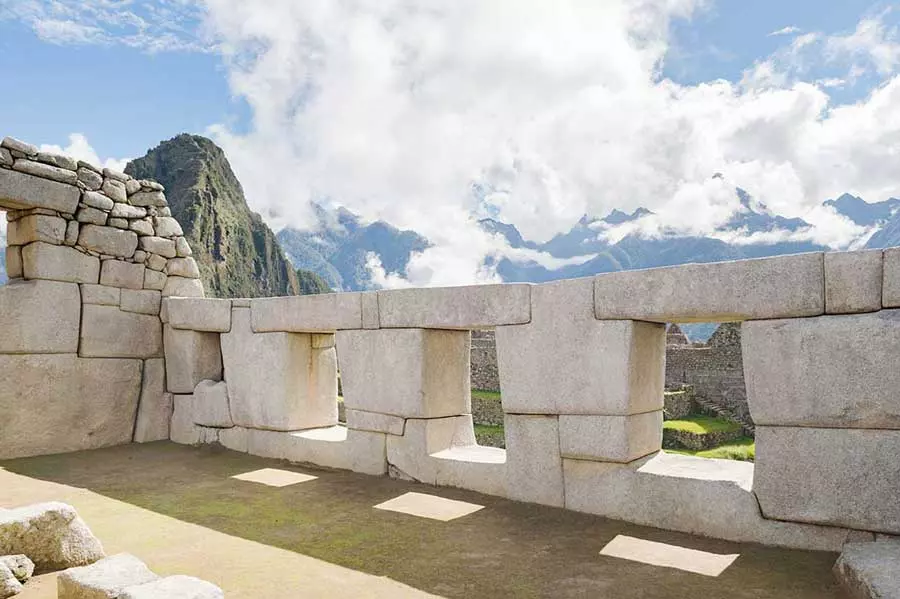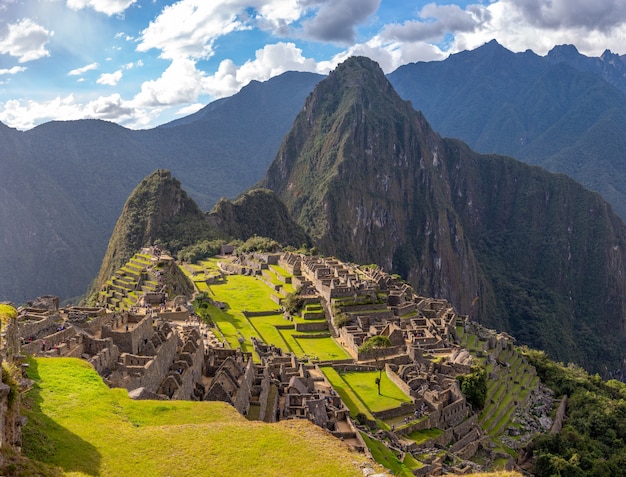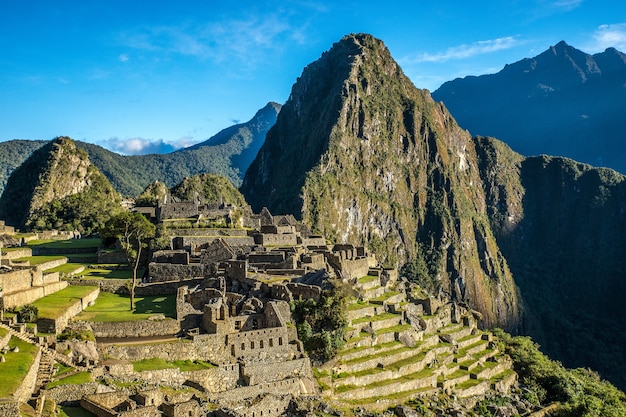Discover the intricacies of the mapa:qu838hx3yxc= machu picchu with this comprehensive guide. Explore the ancient city’s urban and agricultural sectors, temples, and sacred sites.
Introduction
mapa:qu838hx3yxc= machu picchu, the ancient Incan city nestled high in the Peruvian Andes, is a masterpiece of architecture, spirituality, and engineering. Understanding the mapa Machu Picchu is essential for anyone exploring this UNESCO World Heritage site. With each section offering a glimpse into the culture, history, and way of life of the Incas, the citadel stands as a testament to human ingenuity. In this comprehensive guide, we will break down the different sectors of Machu Picchu, offering insight into what each area represents and how to navigate this breathtaking site. Whether you are a casual tourist or a history buff, knowing Mapa Machu Picchu will enhance your experience as you walk through the corridors of one of the world’s greatest archaeological wonders.
The Importance of Understanding the mapa:qu838hx3yxc= machu picchu
Before you begin your journey to Machu Picchu, it’s essential to familiarize yourself with its layout. The site can be divided into two primary sections: the urban sector and the agricultural industry. These areas are further divided into smaller segments with unique characteristics and historical significance. The Mapa Machu Picchu helps navigate these different areas and provides a deeper understanding of how the Incas structured their cities. Their urban planning skillfully integrates the city with the natural landscape, allowing visitors to see how the Incas managed both practical and spiritual needs.
The Urban Sector
The urban sector of Machu Picchu is where the most significant structures are located. The Mapa Machu Picchu of this area includes temples, houses, and plazas used for administrative, religious, and residential purposes. Walking through the urban sector, you will encounter structures like the Temple of the Sun, the Main Plaza, and the Room of the Three Windows. These structures were not randomly placed but were carefully designed to align with astronomical events, reflecting the Inca’s advanced understanding of astronomy.

Exploring the Temple of the Sun
The Temple of the Sun is one of the most essential structures in Machu Picchu. Located in the heart of the urban sector, this circular tower served religious and astronomical purposes. The temple was strategically built to allow sunlight to enter through specific windows during the winter and summer solstices. The alignment of the temple with these celestial events demonstrates the Incas’ deep spiritual connection with the cosmos. When you visit this part of the urban sector, you can see how Mapa Machu Picchu is intricately linked to the Inca’s spiritual beliefs.

The Sacred Plaza
The Sacred Plaza is another vital area in the urban sector. This ample open space is where critical religious ceremonies were held. The Mapa Machu Picchu places the Sacred Plaza at the center of the city, symbolizing its importance as a spiritual hub. Surrounding the plaza are significant structures like the Room of the Three Windows and the Principal Temple. These buildings were likely used by the Incan elite and priests for religious rituals, adding to the sacred nature of this part of the city.
Room of the Three Windows
One of the most iconic structures within the Sacred Plaza is the Room of the Three Windows. The three large windows in this structure are aligned with the rising sun, further emphasizing the Inca’s connection to astronomy. The windows provide a panoramic view of the Sacred Valley, giving visitors an understanding of how Machu Picchu was strategically located to harness natural energies. The Mapa Machu Picchu illustrates the interconnectedness between architecture and nature in Incan society, and the Room of the Three Windows is a prime example of this harmony.

The Main Plaza: Gathering Space for the Incas
At the heart of the urban sector lies the Main Plaza, an ample open space that served as a gathering spot for the Inca population. This area is also where visitors can better understand how life was organized in Machu Picchu. The Mapa Machu Picchu shows how the Main Plaza connects various other vital structures, making it a central hub for administrative and religious activities. The Incas likely used this space for communal events, military parades, and religious festivals, underscoring the plaza’s social significance.

The Royal Sector: Homes of the Elite
Next to the urban sector is the Royal Sector, where the homes of the Incan elite were located. The buildings in this area are more elaborate, reflecting the higher status of their inhabitants. According to the Mapa Machu Picchu, the royal residences were near the sacred sites, reinforcing that the Inca rulers were closely associated with religious authority. Walking through the Royal Sector, you can see how the architecture in this area was designed to showcase the wealth and power of its inhabitants.

The Agricultural Sector
One of the most striking features of Machu Picchu is its agricultural sector. The Mapa Machu Picchu highlights the intricate terrace system covering the mountainside. These terraces were used for growing crops like maize and potatoes, allowing the Incas to sustain their population at high altitudes. The agricultural sector also played a critical role in preventing soil erosion, showcasing the advanced engineering skills of the Incas. Walking through this area, you can appreciate how the Incas successfully integrated farming into the rugged Andean landscape.
The Significance of the Terraces
The terraces in the agricultural sector are not just practical but also symbolic. According to the Mapa Machu Picchu, the terraces were laid out to reflect the Inca’s deep respect for the land. By building terraces, the Incas could control water flow and prevent landslides, ensuring the longevity of their city. These terraces are also thought to have had spiritual significance, with some researchers suggesting that they were aligned with critical celestial bodies, reinforcing the idea that the Inca’s connection to the land was both practical and spiritual.
The Intihuatana Stone
One of the most mysterious and important landmarks in Machu Picchu is the Intihuatana Stone. This carved stone was used for astronomical purposes to track the sun’s movement. The stone is on a raised platform, offering a clear view of the surrounding mountains. The Mapa Machu Picchu places the Intihuatana Stone in a prime location within the urban sector, reinforcing its importance in the Incan religious and scientific practices. It is believed that the stone was used during essential ceremonies to “hitch” the sun to the earth, ensuring the sun’s return after the winter solstice.
Hiking to Huayna Picchu
Every visit to Machu Picchu is complete with a hike up Huayna Picchu, the iconic mountain that towers over the city. The Mapa Machu Picchu includes a trail leading to the summit of Huayna Picchu, offering adventurous visitors a challenging but rewarding climb. The view from the top provides a breathtaking panorama of the entire Machu Picchu complex, giving visitors a new perspective on the city’s layout. The climb is steep and requires a good fitness level, but the experience of standing at the top of Huayna Picchu is unforgettable.

Machu Picchu Mountain: A Challenging Hike
For those looking for an even more challenging hike, Machu Picchu Mountain offers a more strenuous option. The Mapa Machu Picchu shows the trail leading to the summit of this mountain, which stands higher than Huayna Picchu. The hike is longer and more complex, but the view from the top is equally spectacular. From here, you can see the ruins of Machu Picchu and the surrounding Sacred Valley, giving you a greater appreciation for the Inca’s choice of location.
The Sacred Rock: A Spiritual Landmark
Another significant structure highlighted on the map of Machu Picchu is the Sacred Rock. This large carved stone is believed to have had spiritual significance for the Incas. The rock is located near the entrance to Huayna Picchu and is thought to have been used during religious ceremonies. The exact purpose of the Sacred Rock remains a mystery, but its prominence within the city suggests that it played an essential role in the spiritual life of Machu Picchu.
The Royal Tomb: Resting Place of the Elite
Beneath the Temple of the Sun lies the Royal Tomb, another important structure in the urban sector. According to the Mapa Machu Picchu, this area was likely used as a burial site for Inca royalty or high priests. The tomb is intricately carved and includes niches that may have held mummies or offerings. This area provides insight into the Inca’s beliefs about the afterlife and reverence for their rulers. The tomb’s location, directly beneath the Temple of the Sun, reinforces the connection between the Inca elite and their religious authority.
The Inca Bridge: A Defensive Structure
The Inca Bridge is located a short walk from the main ruins, a hidden gem many visitors overlook. The Mapa Machu Picchu shows the bridge’s location on a narrow mountainside trail, offering a glimpse into the Inca’s defensive strategies. The bridge was built to connect Machu Picchu with the surrounding areas while also providing a means of escape in case of an attack. The narrow trail and sheer drop-off make it a precarious but fascinating structure.

The Role of Water in Machu Picchu
Water played a vital role in Machu Picchu’s functioning, and the mapa Machu Picchu includes several canals and fountains that were used to distribute water throughout the city. The Incas were master engineers, and their water management system is still functional today. The canals were designed to bring fresh water from nearby springs to the urban sector, ensuring the city had a reliable water supply. The fountains also had spiritual significance, with some researchers suggesting they were used for purification rituals.
Understanding the Layout Through the Mapa Machu Picchu
The overall layout of Machu Picchu is a marvel of urban planning, and the Mapa Machu Picchu provides insight into how the Incas integrated their city with the surrounding environment. The city is divided into distinct sectors, each serving a specific purpose. Most administrative and religious activities occur in the urban sector, while the agricultural industry ensures the city’s food supply. The location of Machu Picchu, perched high in the mountains, provided natural defenses while aligning the city with important celestial events.
How to Navigate the Mapa Machu Picchu
Navigating Machu Picchu can be overwhelming due to the sheer number of structures and the site’s vastness. However, with a good understanding of the mapa:qu838hx3yxc= machu picchu, visitors can easily find their way through the different sectors. It’s advisable to start at the Guardhouse, which offers a panoramic view of the entire site. From there, you can follow the central pathways that lead to the Temple of the Sun, the Sacred Plaza, and the agricultural terraces. These areas are connected by well-marked trails, making it easy to explore the site at your own pace.
Conclusion
The mapa:qu838hx3yxc= machu picchu is more than just a tool for navigation; it is a window into the past. By understanding the city’s layout, visitors can gain a deeper appreciation for the ingenuity of the Inca civilization. The city’s design reflects practical needs like defense, agriculture, and the spiritual and astronomical knowledge central to Inca life. As you walk through the ancient corridors of mapa:qu838hx3yxc= machu picchu, the mapa Machu Picchu will serve as your guide, helping you uncover the mysteries of this remarkable site.
Read Also: Beach:energy= Maldives A Tropical Paradise
